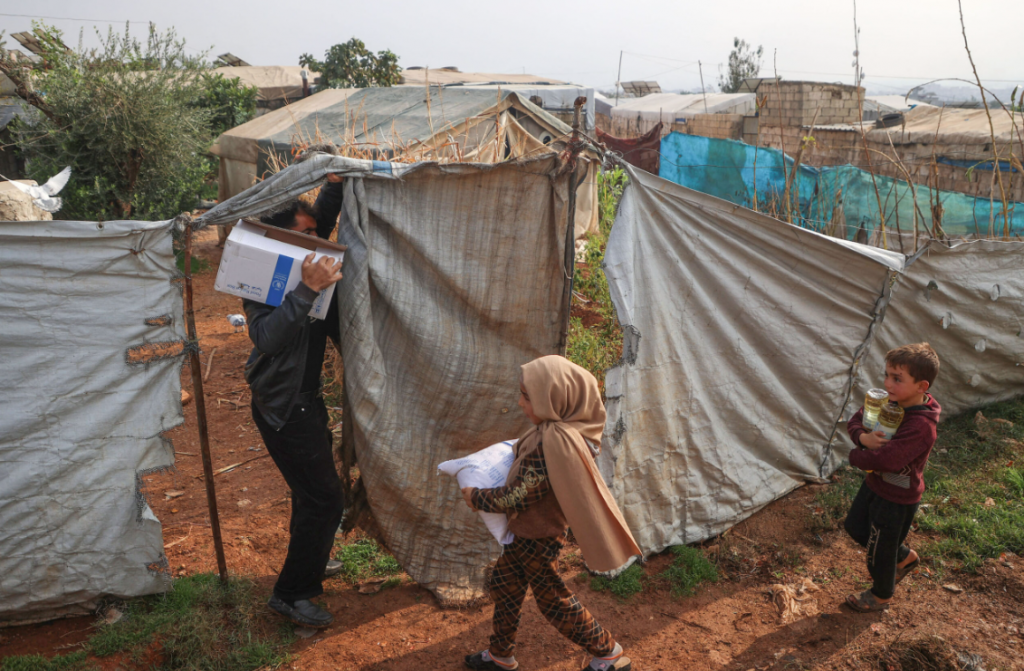Writer: Haid Haid

Earlier this month, storms and flash floods wreaked havoc in the northwest of Syria, affecting 12,000 people, according to United Nations (UN) reports. The severe weather destroyed homes, temporary shelters for internally displaced persons (IDPs), and vital agricultural resources. This natural disaster only exacerbates the already dire humanitarian crisis across the country, where the number of people needing assistance rose by 1.4 million in 2024, bringing the total to 16.7 million, according to the UN Office for the Coordination of Humanitarian Affairs (OCHA).
Despite these heightened needs, humanitarian funding for Syria has declined in recent years due to a combination of western donor fatigue and the emergence of other global conflicts, in particular, those in Ukraine and Gaza. These financial constraints prompted the UN World Food Program (WFP) to terminate its primary aid initiative across Syria, effective from January 2024, citing the “global humanitarian funding crunch.” This decision severed a vital lifeline for over 3 million beneficiaries who rely on the program’s essential food distributions to combat malnutrition.
The impact of diminishing humanitarian aid is consequently far-reaching, exacerbating the country’s humanitarian and financial challenges, increasing the risk of famine, and driving greater numbers to consider leaving the country.
To read the full article: click here
Disclaimer: Except for articles published on Blog Tadamon and the content of the resource pages, all materials on this website, including their respective photographs, are indexed from their original sources. All rights remain with the respective copyright holders.

Comments are closed, but trackbacks and pingbacks are open.